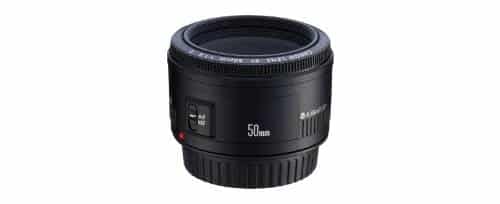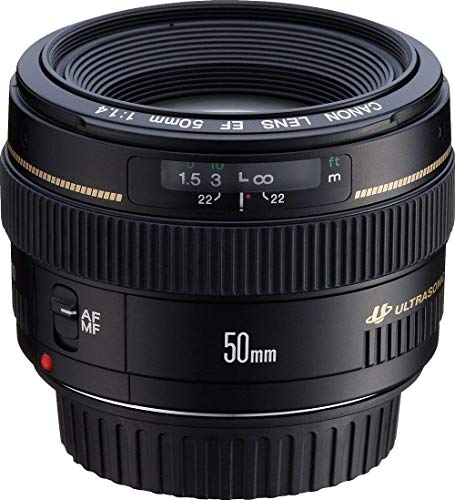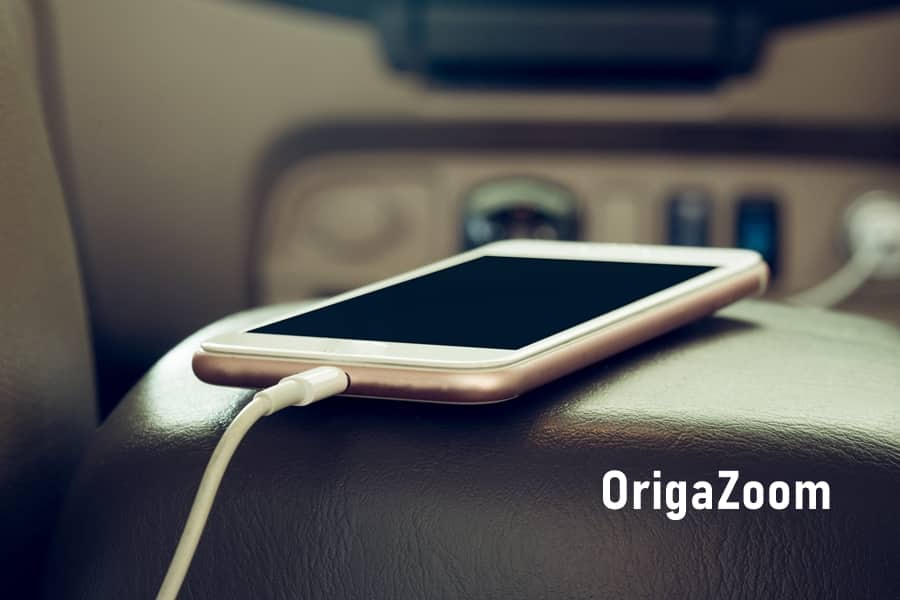Any lens is characterized by one or another lens aperture ratio. This parameter is understood as the degree of attenuation by the lens of the luminous flux entering it. The light-gathering power is influenced by the transparency of the lenses, the aperture opening diameter and some other characteristics of the lens. But if you go to an electronics store and ask the seller about the aperture ratio of this or that lens, you will get a strange answer. The person will simply tell you the maximum aperture value. The fact is that in our age of ubiquitous simplification, people begin to mean the aperture value by aperture ratio. This article will tell you exactly about the diaphragm. We will try to explain why you need to adjust this parameter when shooting and what it affects.
Lens Aperture – f Number
If you regularly read our articles, then you already know how the specifications indicate the maximum aperture opening. So, the lens aperture is f number and, to be precise, f divided by one number or another. After all, f stands for focal length. And the size of the aperture opening is the number by which the exposed focal length is divided.

The aperture ratio must be indicated in the characteristics of any lens. This does not necessarily mean separately sold lenses. These words even apply to compact cameras with a built-in lens. Moreover, now the “Aperture” or “Aperture” parameter can be found even in the characteristics of flagship smartphones. After all, more and more advanced lenses are used in the production of cameras built into them. As a result, the device receives high-aperture lenses, and the pictures become very bright.
But enough words about the design of lenses. Let’s approach the lens aperture from the other side. Now we need to understand why buyers pay attention to this parameter at all. And everything turns out to be very simple. If the diaphragm is capable of opening very wide, then a lot of light enters the matrix. Some lenses provide f/1.4 aperture. With this parameter, you can use a shutter speed of 1/4000 second, while there will be enough light for the matrix.
The increased aperture has a beneficial effect on the quality of portrait photos. The more the diaphragm opens, the smaller the focus area becomes. The result is a beautifully blurred background. This effect is also called “bokeh”. That is why experienced photographers use high-aperture lenses for portraits. They leave all kinds of zoom lenses for shooting landscapes.
Also, glasses with a good f-number are needed for evening photography. In low light conditions, either a long exposure or a wide aperture is required. No one will bother to increase the shutter speed, but this will not allow you to fix moving objects in the frame. Therefore, it is better to open the aperture to f/1.8 or f/1.4. But this method does not always work. Indeed, with this value, the field of focus narrows, and sometimes it does not correspond to the photographer’s idea.
Fast Aperture Lens for Canon and Nikon
In stores, cameras with whale optics are sold in large quantities. And a rare buyer realizes that the manufacturer puts a lens with an average, and sometimes even terrible, aperture in the kit. This is especially true for optics with a wide range of focal lengths. Therefore, in various forums and specialized resources, people are advised to purchase a “carcass”. This word is called a kit in which only a camera is present. And then a fast aperture lens is purchased separately. As a result, a little more money is spent than for a kit with whale optics, but the result will please you much more.
Unfortunately, not every lens sold in the store is fast. Be sure to look in the characteristics for the value of the aperture. At a 50 mm focal length, optics with an aperture of f/1.8 will be considered aperture. The higher the focal length, the smaller the maximum aperture opening. Think of the lenses used by soccer photographers. They would give it all for f/2. But it is still technically impossible to achieve it.
Let’s take a look at the good fast lenses you can find in stores right now. At the same time, we are now interested in inexpensive optics for cameras from two of the most famous manufacturers – Canon and Nikon.
Let’s start with fast lenses for Canon, and here the Canon EF 50 mm f/1.8 II lens is very popular now. This is the second generation of this lens. As the name suggests, the lens has a fixed 50 mm focal length. This can be confusing for novice photographers. But on the other hand, the aperture is capable of opening up to f/1.8. Alas, the lens is not the best. Many buyers find fault with its body. But this should not be surprising, since nothing else can be expected from budget lens.

The Canon EF 50 mm f/1.4 USM is more than four times more expensive. Sometimes even experienced professionals purchase such a lens. They note the very high aperture ratio and beautiful bokeh obtained in the images.

If we talk about high-aperture lenses for Nikon, there are also a lot of them, and basically a high aperture value is available in copies with a fixed focal length. For $132 it is proposed to buy a Nikon 50 mm f/1.8 D AF Nikkor.

These optics provide the popular 50 mm focal length. It is great for cameras with a crop factor of 1.5. But there are also problems with the body, the lens is extremely flimsy.
The Nikon 24-85 mm f/2.8 4D IF AF Zoom Nikkor looks like a very interesting solution. This is already a variable focal length lens. At minimum zoom the aperture can be opened up to an acceptable value of f/2.8. But with increasing focal length, the aperture deteriorates. This is the trouble with any inexpensive zoom lens. Although this decision cannot be called a budget solution, more than $230 are asked for lens in lens stores.

Full frame DSLR owners should be interested in the Nikon 24-70 mm f/2.8 G ED AF-S Nikkor lens. This lens is similar to the previous one, only the focal length range is slightly narrower. But the aperture here does not change when using the zoom. There are other improvements as well. But this lens costs a lot – $875.

Conclusion: Lens Aperture – What is It?
It’s time to summarize our article: lens aperture – what is it and how to understand it correctly? If you are interested in the correct answer, then “this is the degree of attenuation of the light flux passing through the lens”. But most often the word “aperture” means the size of the aperture opening.
A high aperture is needed to get bright photos at high speed exposure. Also, a wide aperture is needed to blur the background as much as possible, resulting in beautiful portraits. Fixed focal length lenses have good aperture. If you are interested in high-aperture lenses with zoom capability, then get ready to spend a lot of money. And the larger the zoom interests, the larger the amount required. This is due to the complexities of making such lenses.
This concludes our lessons on the diaphragm. Please visit our website regularly, then you will not miss the following lessons. In them we will look at the camera in every detail and find out which characteristics are the most important.


